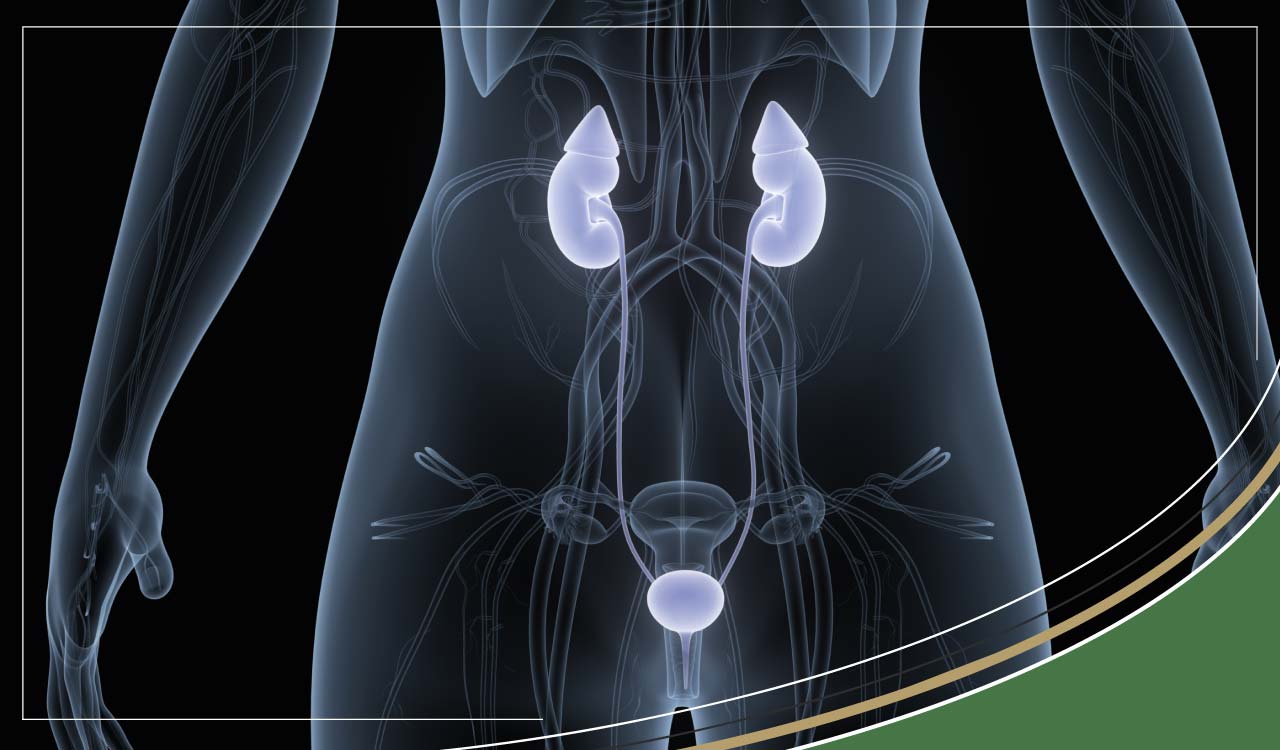Bladder Health
Pseudomembranous trigonitis symptoms, diagnosis & reducing triggers
By Anna Sawkins
Feb 23, 2022

What is Pseudomembranous Trigonitis
Pseudomembranous Trigonitis is the term used to describe squamous metaplastic changes of the bladder trigone. Such changes are present in up to 40% of adult females (<5% in men) It was first described in 1905 by Heymann as “cystitis trigoni” (Advances in Urology Volume 2010)
Pseudomembranous Trigonitis is a condition in the lower bladder where cells in the bladder lining change to a different cell type. The region of the bladder in which Pseudomembranous Trigonitis occurs is called the vesical trigone. The trigone area is a triangular region of the bladder wall. It triangulates at three points where the two ureters connect with the urethra.
Inflammatory lesions cause pain and discomfort, often on a chronic, daily basis. The cause of trigonitis, even after 100 years, is still uncertain but is thought to be linked to hormonal changes (though not associated with oestrogen levels), repeat infections of the bladder and kidney, and catheterisation.
Symptoms of Pseudomembranous Trigonitis
A few common symptoms of this disorder are severe bladder pain, abdominal pain, sudden and abnormal increase in urge to urinate, sensitivity to certain food items especially cranberry juice, chocolate and citrus fruits (acidifying foods and drinks), reduced bladder capacity, difficulty in sitting, and pain during intimacy.
Trigonitis or IC?
Trigonitis is often mistaken for interstitial cystitis (IC). IC is characterized by inflammation of tissues of the bladder wall and shares symptoms with Trigonitis but they differ, and this can delay diagnosis. There is usually, sadly, a prolonged and painful gap between the report of the first symptom and the actual diagnosis of this problem.
Similarities between Pseudomembranous Trigonitis, Interstitial Cystitis and Painful Bladder Syndrome in terms of symptoms
- Bladder pain/pelvic pain
- Blood in the urine
- Urinary frequency, increased urge to urinate (more so at night)+ reduced bladder capacity
- Pain during intimacy
- Pain in certain sitting positions
- Sensitivity to particular ‘trigger’ foods
Diagnosis of Pseudomembranous Trigonitis
Many sufferers find it is a long path to finding a diagnosis of Pseudomembranous Trigonitis since it is often misdiagnosed as interstitial cystitis. Diagnosis is sometimes confirmed by a cystoscopy (where a camera on the end of a tube is inserted into the bladder through the urethra): in interstitial cystitis, the vesical trigone is inflamed, whereas, in Pseudomembranous Trigonitis, the region additionally shows a tell-tale cobblestone pattern.
Traditionally, treatments Pseudomembranous Trigonitis have included:
- Pain relief
- Anti-inflammatories
- Antidepressants
- Bladder Installations (a bladder coating via a catheter of a mix of medications)
- More drastic procedures such as surgery/endoscopic laser main symptoms of Pseudomembranous Trigonitis are:
- Antibiotics (both patient and partner)
Increasingly, sufferers are looking to new, more natural approaches and share home recommendations online:
“A valuable asset when dealing with Trigonitis is organic apple cider Vinegar, available in most stores. I have tried many natural as well as orthodox medical stuff for Trigonitis and suffered badly for 4 years now...... I was just about to go into trying the bladder washes with a catheter as I refuse to put any more antibiotics in my system..... when I came across an old and valuable little book written by a naturopathic doctor.... on Apple Cider Vinegar. I could not believe when within a week all my pain had practically gone! Nothing has worked like this for me!” This is what to do - buy organic apple cider vinegar if you can.... 3 teaspoons a day in a cup of cool or warmish water (not hot) first thing in the morning and again in the evening.”
This is likely to help most people a lot because drinking apple cider vinegar will help create an alkaline pH in the urine and inhibit most bacterial growth.
Eliminating Trigger Foods
Many sufferers of Pseudomembranous Trigonitis also find that cutting out trigger foods can reduce the severity and number of flare-ups they experience. Common trigger foods are:
- Coffee/caffeine
- Fruit juices/citrus fruits
- Chocolate
- Grains
- Fizzy drinks
 Free Shipping on orders $100+ CAD
Free Shipping on orders $100+ CAD
 Worldwide Delivery Available
Worldwide Delivery Available
 Rated 4.9 out of 5 on Trustpilot
Rated 4.9 out of 5 on Trustpilot



















